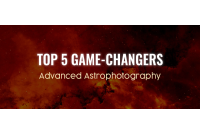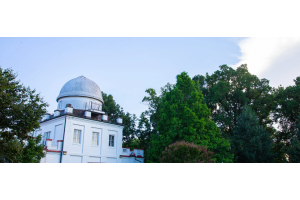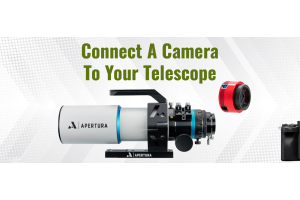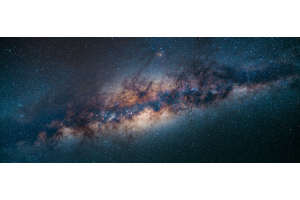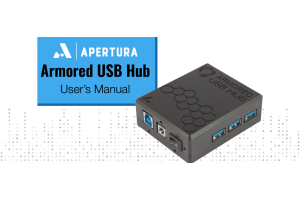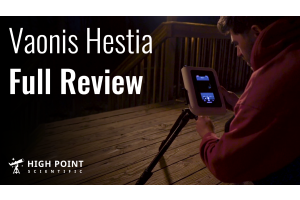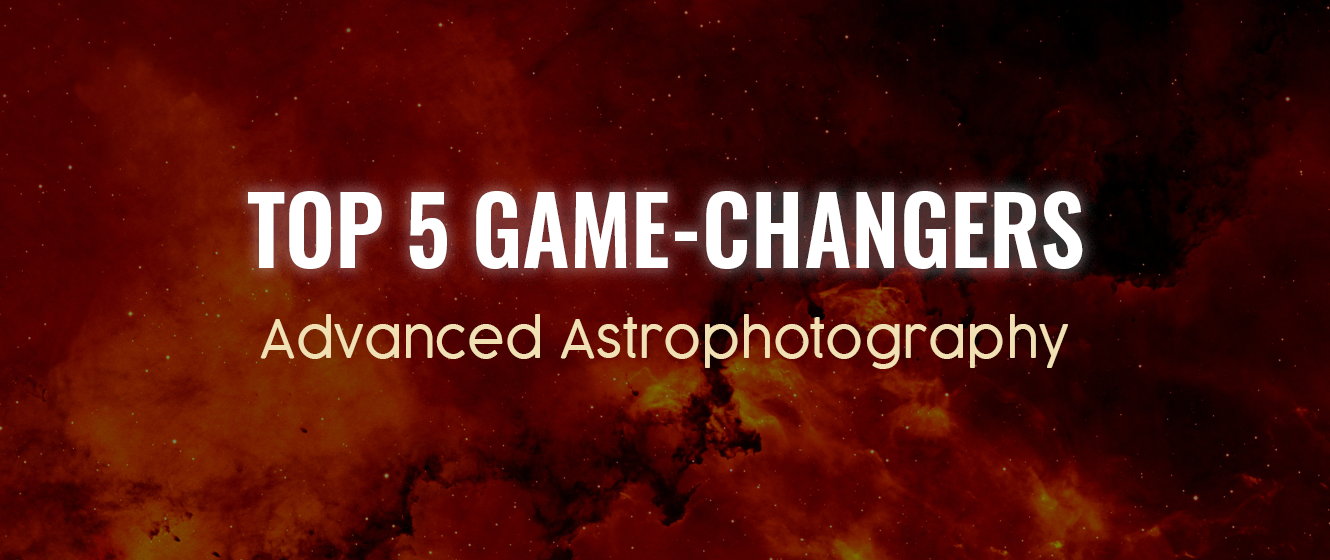
For many, astrophotography is a life-changing hobby and one of the most intimate ways we as human beings can truly engage with the beautiful universe in which we live. Through using a telescope and gear you can view beautiful nebulae and galaxies billions of light-years away from the Earth. While some astrophotographers are able to use their gear to capture awe-inspiring photos, others ultimately leave the hobby due to not buying the right equipment for their skillset. In this article, we’re going to be covering five of the best products for someone who’s ready to take the next steps in their journey to become an advanced astrophotographer.
#5. Autofocuser
The first upgrade on our list is an autofocuser. An autofocuser enables software to make extremely fine adjustments to your focus, allowing for razor sharp stars. Additionally, as temperatures drop, the focus may tend to shift, resulting in your stars being sharp at the beginning of your astrophotography session but out-of-focus towards the end. An autofocuser can continuously make adjustments to your focus between images to ensure that you have tight stars throughout your entire session, regardless of temperature variations. Good examples of autofocusers include the ZWO Electronic Autofocuser, the Pegasus Astro Motor Focus Kit, and others. These autofocusers are compatible with most automation software, such as NINA, SequenceGeneratorPro, and more.
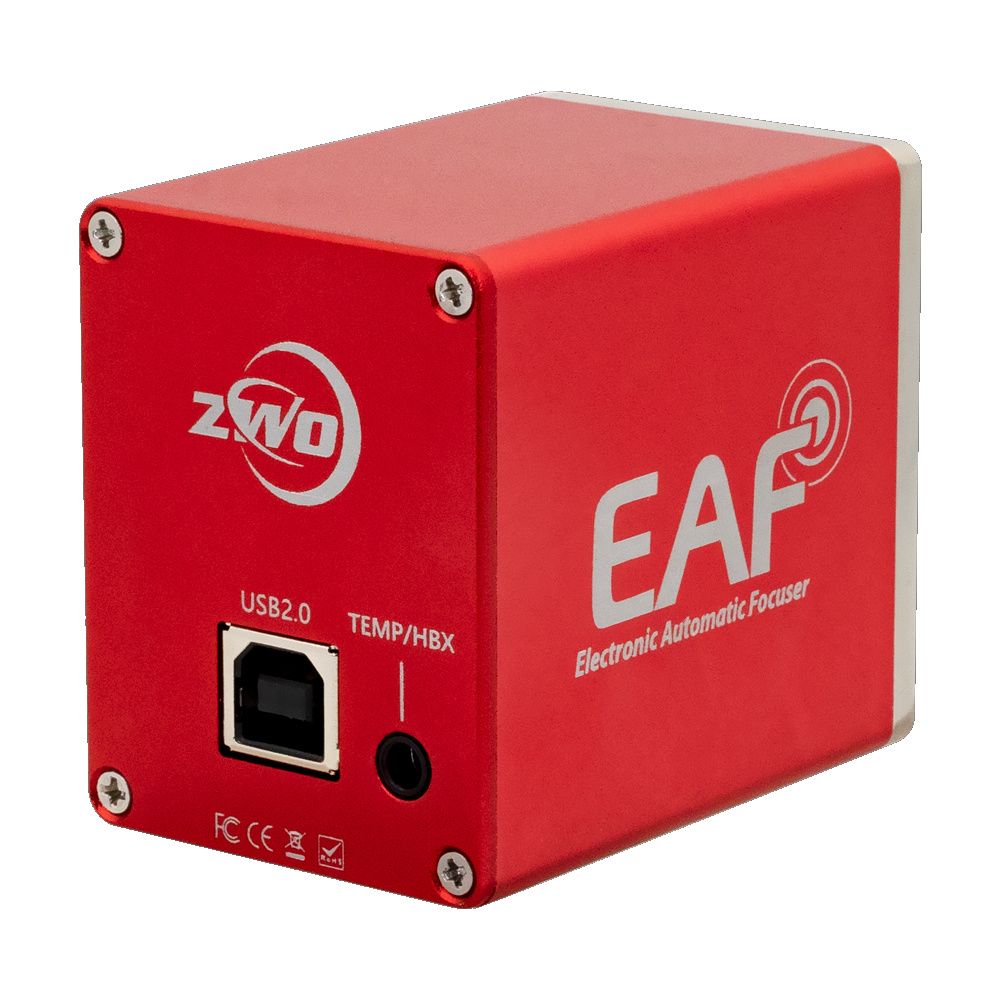
#4. Off-Axis Guider
Next on our list is an off-axis guider. An off-axis guider differs from a regular guidescope/camera setup in that it uses the light from your main telescope to produce an image. The off-axis guider is placed in the light path between your optics and your main imaging camera. This helps to reduce flexure between your telescope and guidescope. While guide scopes work well for shorter focal length imaging scopes, they can ever so slightly move around during an imaging session causing “flexure”. This is very noticeable when guide scopes are used with longer focal length scopes like Newtonians, RCs and SCTs. This “flexure” results in oblong stars. The downside to this is that the increased focal length may make it harder to find proper guide stars. This makes objects not in the plane of the Milky Way galaxy harder to guide on, such as galaxies in Ursa Major and Virgo. Interested in learning more about off-axis guiders? Check out our article!
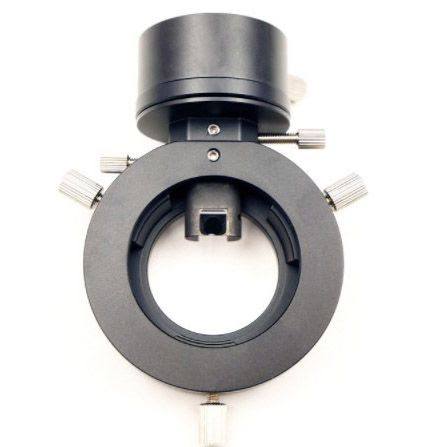
#3. Equatorial Mount with a Bigger Payload Capacity (>40 lbs)
Number 3 on our list is without a doubt, buying a mount that can support a heavier weight capacity. There is a saying astrophotographers have, “It’s impossible to overmount” and we completely agree. Buying a bigger class mount ensures better tracking accuracy for the larger telescopes needed to capture photons of deep space objects. With a heavier mount, you’ll be able to capture 5, 10, or even 15-minute exposures of the night sky. Mounts in this class include the Sky-Watcher EQ6-R, the Celestron CGX and CGX-L, and other mounts. To avoid taxing your mount and ensure you get as long of exposures as possible, we recommend keeping the weight of your setup to about 75% of the maximum weight capacity.

#2. More Aperture / Focal Length
At the end of the day, the best way to increase the amount of signal reaching your camera is by increasing the aperture of the telescope. Aperture refers to the light gathering area of the primary objective. By increasing the amount of light gathering capability, you’ll be able to increase the SNR (signal-to-noise ratio) and be able to capture more data over a smaller period of time. Increasing the aperture usually also increases the focal length, making faint deep-sky objects like distant galaxies even easier to resolve.

#1. Monochrome Camera / Filters / Filter Wheel
And lastly, number one on our list is a monochrome camera. Monochrome cameras do not need to use interpolation to create detail for R, G, B channels. Instead, monochrome cameras capture all real detail, which represents a significant increase in the resolution and clarity of your image. Additionally, OSC cameras tend to be more green in their outputs, as a result of nearly 50% of the interpolation going into the Green channel. This can be tricky to remove in post-processing if you’re unfamiliar with some of the more advanced processing tools. Monochrome cameras are easier to use for narrowband imaging, as you can buy specific filters (Hydrogen Alpha, Oxygen-III, and Sulfur-II filters) that can serve as your RGB channels, resulting in stunning pictures from even a Bortle 8 zone.
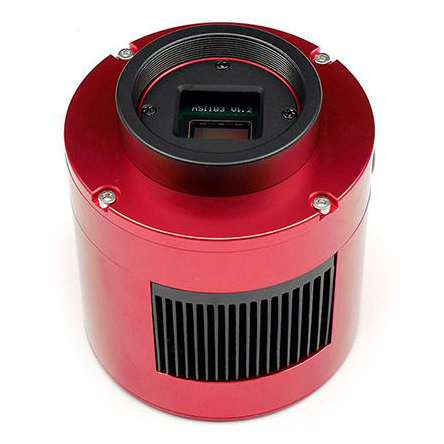
Expert Astrophotography Upgrades
Looking to go a bit beyond “advanced” astrophotography? We’ve got some recommendations for what might be considered a more expert setup. These include things such as observatories, better filters, and more.
Observatory or a Pier
If you do decide to make the upgrade to a heavier mount, monochrome cameras, and filters we strongly recommend getting some sort of observatory of permanent setup like a pier so that you don’t have to constantly be setting up/tearing down your gear. An observatory ensures that your gear is always protected from the elements and enables you to be set up and ready to go in a heartbeat.
Filters with a Tighter Bandpass
The most common filters used for astrophotography are ones with a “bandpass” of 7nm or 12 nm. Bandpass refers to the transmissibility of a certain wavelength of light through a filter. Filters with a smaller (or tighter) bandpass enable better transmission of wavelengths rich in hydrogen alpha, oxygen III, sulfur II, et cetera. These would be filters with a 3-5nm bandpass. With a tight bandpass filter, your images will have much higher contrast, better resolution, and do a much more efficient job at blocking out light pollution. Interested in learning more about filters? Check out our article on Best Filters for Astrophotography.
Larger, More Fast Optics
Another great option for an upgrade is a telescope that’s both large and “fast”. A fast telescope refers to a telescope with a focal ratio of f/2, f/3, or f/4. A camera using a telescope with a lower focal ratio more quickly collects photons vs a telescope that would have a focal ratio of f/6, f/7, or f/8. These include 6-10” f/4 Newtonian reflectors, an 8-11” f/2 Rowe Ackermann Schmidt-Cassegrain, or a 10-14” Schmidt-Cassegrain with Hyperstar optics. Should you purchase a RASA or a Hyperstar, you may also wish to consider high-speed filters. This is due to the fact the light from nebula may “shift” out of the bandpass due to the extremely “fast” focal ratio.
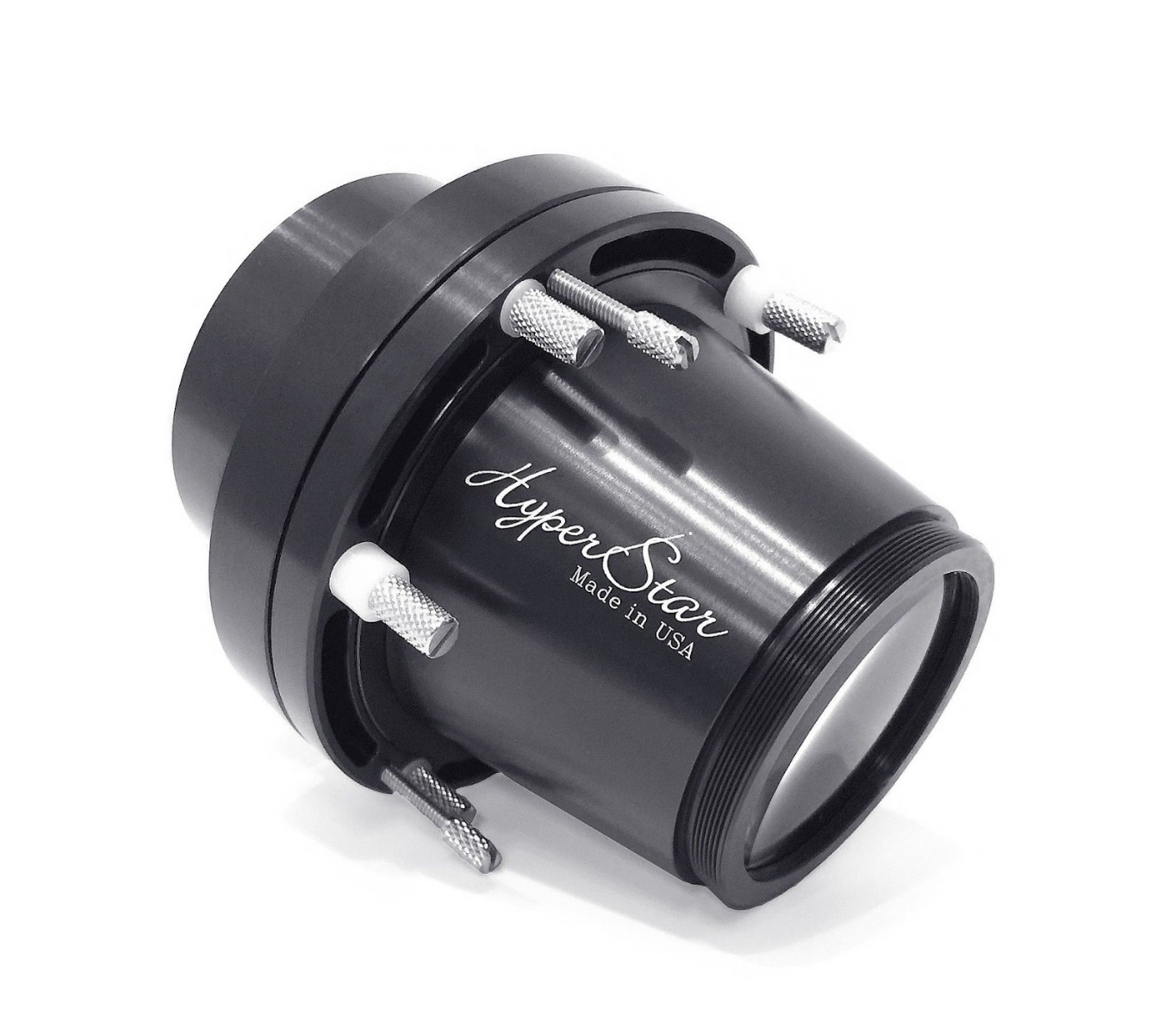

Questions? Learn More!
Interested in learning more about astrophotography? Check out our articles in the Astronomy Hub for all your astrophotography and astronomy needs!
This Article was Last Updated on 07/12/2023

